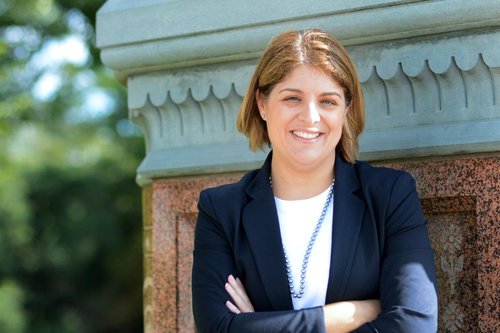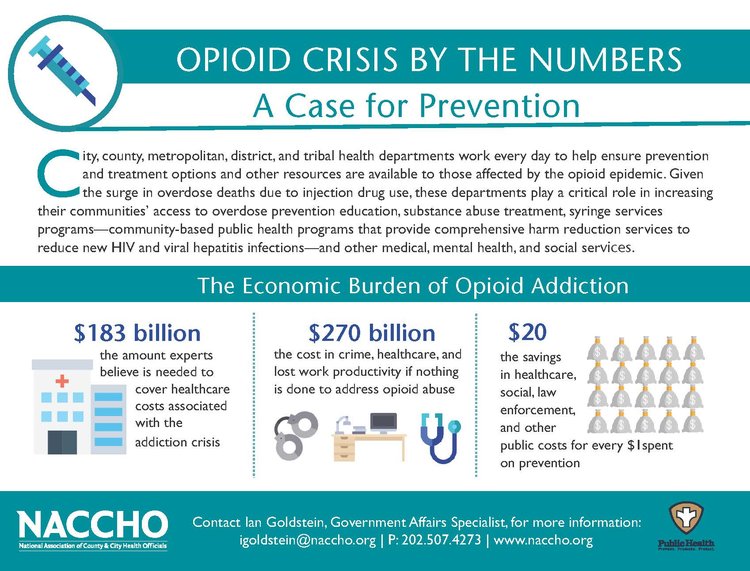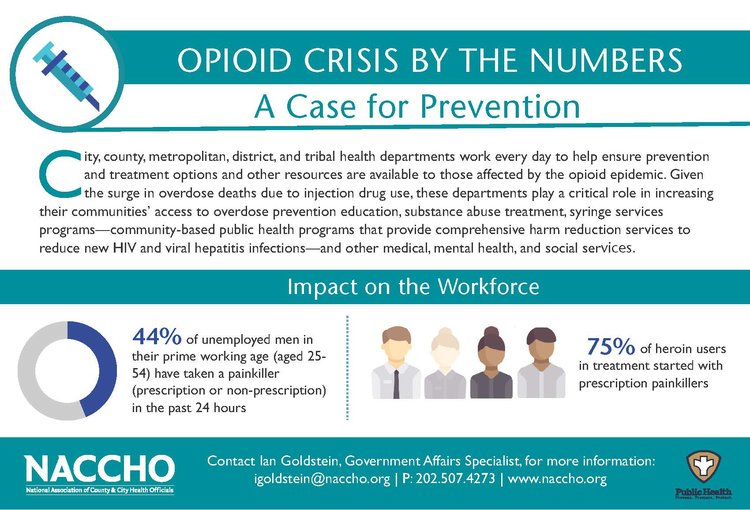Frontline Blog
The 90 Days of the White House Opioid State of Emergency are up, and communities have little to show for it
January 2017

By Chrissie Juliano, Director of The Big Cities Health Coalition
Today marks 90 days since the President declared the opioids crisis a public health emergency, and the White House announced last week that it would extend the declaration for another 90 days. To date, little has changed in the federal approach to the epidemic, and unfortunately, the emergency declaration has amounted to little more than administratively nibbling around the edges of a major national public health crisis. Simply extending the emergency declaration does little to address the epidemic. What is needed is funding and leadership at the federal level.
In a highly anticipated, televised White House event in the fall, the President promised to “liberate our communities from the scourge of drug addiction,” as “the generation that ends the opioid epidemic.” In that speech, he offered no new funding or a clear plan to achieve those goals, and three months later, there is little evidence that an emergency was even declared.

So why can’t we just claim “no harm, no foul?” So, the declaration did not contain funding or detailed plans of any sort, what’s the harm? It raised awareness, right?
In reality, the Office of the President should hold awesome power that could marshal resources from Congress for prevention (not just treatment) and address this crisis head-on. This White House, however, is not applying such tools. Just last week, for example , members of Congress wrote to the President expressing concern about the lack of expertise at the Office of National Drug Control Policy, where a junior campaign staffer has become the de facto leader. We can no longer accept this lack of leadership with a shrug. This crisis is at such an urgent point – and is taxing already limited resources in local communities at such an alarming rate – that a lack of action from the White House is simply unacceptable.
Opioid addiction is now killing more than 100 Americans per day – claiming more people than car crashes and contributing to decreases in overall life expectancy, which have gone down two years in a row. A recent infographic from the National Association of County and City Health Officials reveals the truth in detail:
- The financial costs are enormous – $270 billion annually – accounting for treatment, increased crime, and lost productivity.
- The connection with unemployment is real as well: 44 percent of unemployed men in their prime working age (age 25-54) have taken an opioid (prescription or non-prescription) in the past 24 hours.
- The opioid problem has increased 400% since 1999.

The Big Cities Health Coalition is made up of health officials from 30 of the largest, most urban cities in the nation. It is these health departments (and many others) that are fighting this epidemic day in and day out, whether policymakers in Washington declare an emergency or not. In fact, before the opioids epidemic became one of national scope, these city health leaders were raising alarm bells and working towards innovative policies and practices, like distributing naloxone, an overdose reversal drug.
Today, these leaders’ stories are breathtaking.
- In Cleveland, emergency responders have become inundated with calls from drivers reporting that motor vehicle accidents are blocking traffic. When first responders arrive on the scene, they find cars where drivers have lost consciousness while overdosing. Greater Cleveland lost 517 residents in 2016 from the epidemic, and new data shows that the problem is growing especially quickly in the African-American community, where deaths from fentanyl, an extremely potent opiate, are increasing sharply.
- In Boston, the tragic costs can be measured in dollars and in lost lives. The Mayor is requesting a special boost in spending to fund a multi-pronged approach to stem the tide that includes extra mental health professionals available for addiction counseling, and increased personnel to clean up used needles that litter public parks.
We stand ready to work with the Trump Administration if and when they want to create a plan that matches the seriousness of the problem, in consultation with public health experts on the ground. But public health practitioners and health care providers alone cannot make major strides to reverse this crisis. A multi-pronged approach that includes increased access to mental and behavioral health professionals and universal access to naloxone to reduce deaths are needed in much greater supply. Finally, a true plan to prevent opioid addiction, rather than simply responding to the current crisis, must also be forthcoming.
Whether the White House and the U.S. Congress take action or not, local communities will continue to address this crisis everyday – they have no choice. It’s time for Washington to match their commitment to addressing the opioid epidemic